Everest Three High Passes Trek
Travelers seeking an extraordinary challenge in the Himalayas often find themselves intrigued by the Everest Three High Passes Trek. Imagine standing at the base of towering peaks, envisioning the journey that lies ahead as you navigate through some of the world’s most treacherous yet awe-inspiring terrains.
The allure of conquering three formidable passes in the Everest region beckons to those with a spirit of adventure and a thirst for unparalleled natural beauty. Are you ready to test your limits and learn about the grandeur of the Himalayas?
Key Points

- Altitude acclimatization is crucial for Everest Three High Passes Trek due to high pass elevations.
- Proper acclimatization reduces altitude sickness risk, essential for a safe trek.
- Physical and mental preparation is necessary to tackle varying route difficulties.
- Encounter scenic viewpoints, cultural experiences, and wildlife sightings along the challenging trek.
Trek Overview
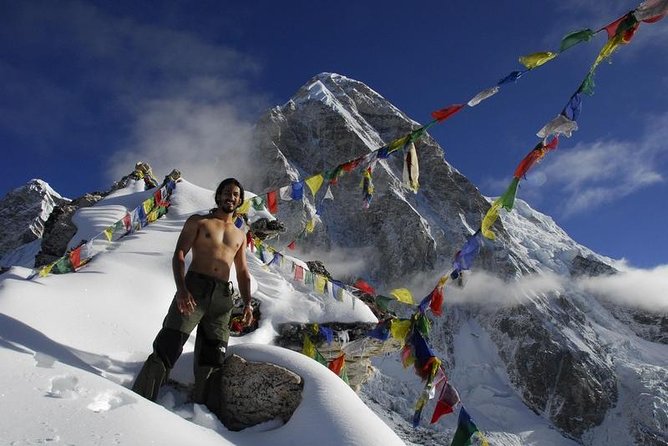
The Everest Three High Passes Trek offers adventurous hikers an exhilarating and challenging journey through the majestic Himalayas. Altitude acclimatization is a crucial aspect of this trek due to the high elevation of the passes. Proper acclimatization helps reduce the risk of altitude sickness and ensures a safer and more enjoyable experience.
The route difficulty varies along the trek, with some sections being more strenuous and demanding than others. Hikers will encounter steep ascents, rocky terrain, and potentially harsh weather conditions, making it essential to be well-prepared both physically and mentally.
Route Highlights
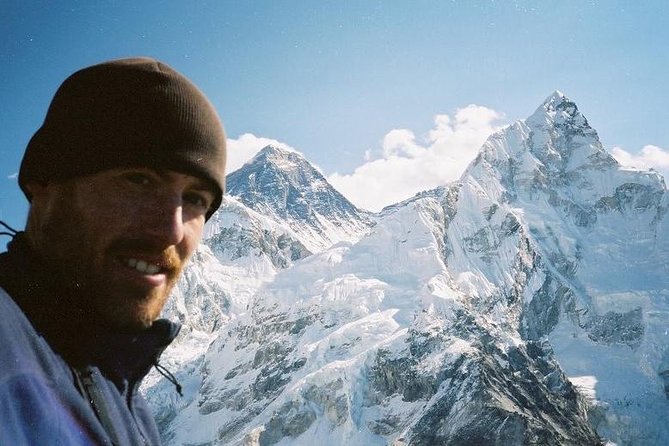
Navigating through the Everest Three High Passes Trek reveals a series of stunning route highlights that showcase the raw beauty and challenge of the Himalayan landscape.
-
Scenic viewpoints: Trekkers will encounter breathtaking panoramic views of snow-capped peaks, deep valleys, and shimmering glaciers that seem to stretch into infinity.
-
Cultural encounters: Along the route, hikers will have the opportunity to interact with local Sherpa communities, witnessing their unique way of life and traditional practices.
-
Wildlife sightings: Keep an eye out for elusive mountain wildlife such as the Himalayan Thar, musk deer, and various species of birds that call this rugged terrain home.
These highlights not only make the journey visually captivating but also offer a deeper insight into the rich tapestry of the Everest region.
Altitude Challenges
Embarking on the Everest Three High Passes Trek presents trekkers with formidable altitude challenges that demand both physical endurance and acclimatization. Altitude sickness is a significant risk due to the high elevations encountered along the route. Trekkers must be vigilant for symptoms such as headaches, nausea, and dizziness, as these could indicate the onset of altitude sickness. It is essential to adhere to proper acclimatization protocols, including gradual ascent and sufficient rest days to allow the body to adjust to the thin air. In case of emergency, trekkers should be familiar with the emergency protocols in place, including evacuation procedures. Being prepared and knowledgeable about altitude-related risks is crucial for a safe and successful trek.
| Altitude Challenges | |
|---|---|
| Altitude Sickness | – Symptoms: headaches, nausea, dizziness |
| Emergency Protocols | – Evacuation procedures in case of emergency |
Required Gear
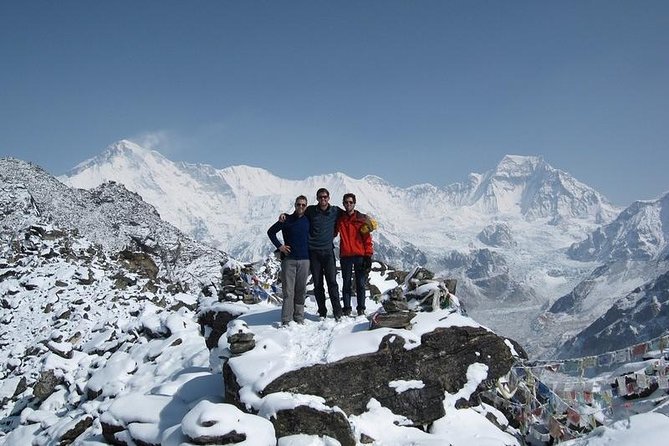
For a successful Everest Three High Passes Trek, adventurers must ensure they’ve the essential gear required to navigate the challenging terrain and unpredictable weather conditions. When packing for this adventure, here are three gear essentials and packing tips to consider:
-
Quality Hiking Boots:
Sturdy and waterproof boots are crucial for the rugged trails and varying landscapes encountered during the trek. Make sure they’re well broken in to prevent blisters and discomfort. -
Layered Clothing:
Pack versatile clothing options such as moisture-wicking base layers, insulating mid-layers, and a waterproof outer shell. This layering system will help you adapt to changing weather conditions efficiently. -
Trekking Poles:
These provide stability on steep ascents and descents, reducing strain on your joints and improving balance on challenging terrain. Make sure to adjust them to the correct height for your comfort and support.
Acclimatization Plan
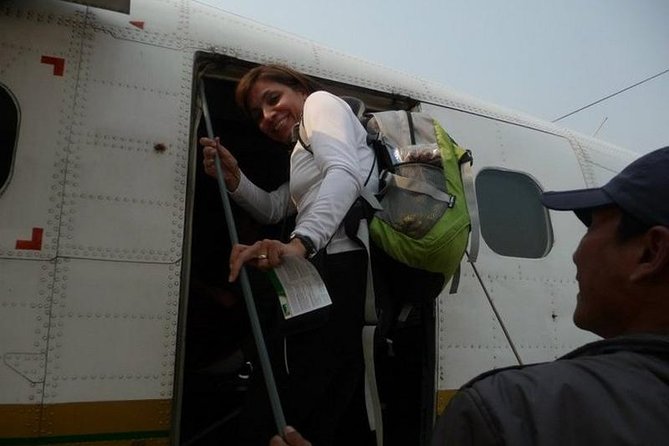
To ensure a safe and successful Everest Three High Passes Trek, the acclimatization plan focuses on gradually adjusting to the high altitude environment to prevent altitude sickness. Acclimatization strategies include proper hydration, gradual ascent, and rest days to allow the body to adapt to the reduced oxygen levels. It is vital to listen to the body’s signals, such as headaches or dizziness, and communicate any discomfort to the guide promptly. Proper hydration helps reduce the risk of altitude sickness by aiding in oxygen circulation and blood flow. Here is a table outlining some essential acclimatization strategies:
| Acclimatization Strategies | High Altitude |
|---|---|
| Proper Hydration | Gradual Ascent |
| Rest Days | Listening to Body’s Signals |
| Communicating Discomfort | Monitoring Altitude Sickness Symptoms |
Accommodation Options

What factors should trekkers consider when choosing their accommodation options for the Everest Three High Passes Trek?
Trekkers embarking on this journey have various choices to make regarding where they’ll stay along the route. Here are three key considerations to keep in mind:
-
Lodge vs Camping:
Trekkers must decide between the convenience and comfort of staying in lodges along the trail or the adventure and self-sufficiency of camping under the stars. -
Budget vs Luxury:
Choosing between budget accommodations and luxury options can significantly impact the overall trekking experience. Budget options may offer basic amenities while luxury accommodations provide more comfort and services. -
Location and Facilities:
Consider the location of the accommodation options in relation to the trekking route and the facilities they offer, such as hot showers, dining options, and social areas for relaxation after a day of trekking.
Safety Measures
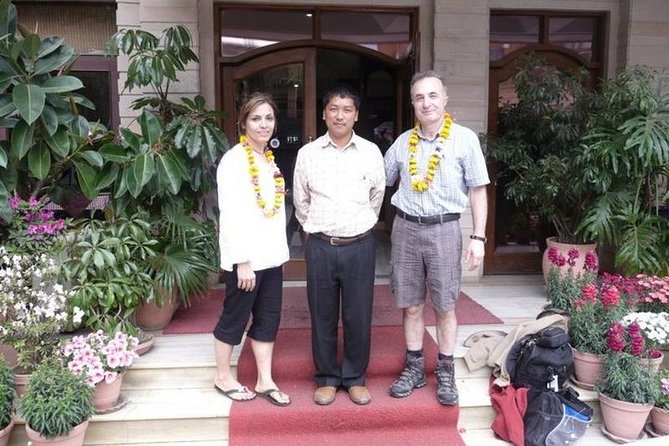
Consider the safety measures implemented along the Everest Three High Passes Trek to ensure a secure and enjoyable journey through the challenging terrain. Emergency protocols are in place to address any unforeseen circumstances, with guides trained to handle a range of situations. Risk management is a priority, with careful assessments of weather conditions and trekker abilities.
Communication strategies involve providing trekkers with ways to stay connected with guides and fellow hikers throughout the journey. Health precautions are taken seriously, with guides equipped to handle altitude sickness and basic medical needs. These measures collectively work to enhance the safety and security of trekkers undertaking the Everest Three High Passes Trek, allowing for a memorable and worry-free experience in the Himalayas.
Common questions
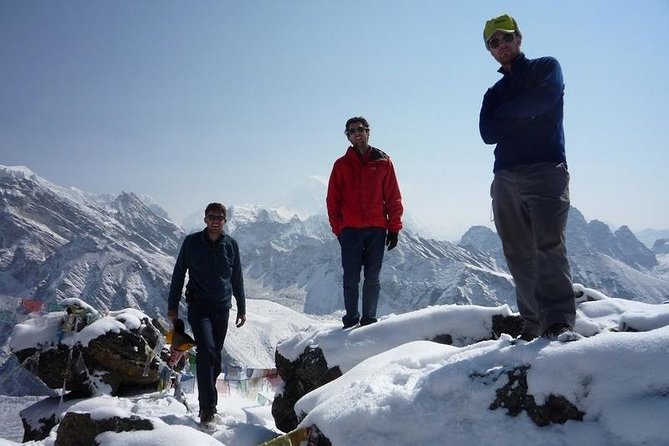
What Is the Maximum Group Size for the Everest Three High Passes Trek?
The maximum group size for the trek depends on the tour operator’s policies. It’s important to consider the acclimatization schedule when determining the ideal group size to maintain safety and enjoyment for all participants.
Are There Any Cultural or Religious Customs That Trekkers Should Be Aware of Along the Route?
Trekkers should respect local cultural customs and religious practices along their route. Understanding and adhering to these traditions enhances the experience and fosters positive interactions with the communities they encounter during their journey.
Is There a Recommended Fitness Level or Training Regimen for This Trek?
For mountain trekking, a recommended fitness level includes regular cardio and strength training. Altitude acclimatization is crucial. Training regimens should focus on endurance, strength, and flexibility to prepare for high-altitude challenges and long trekking days.
Are There Any Opportunities for Wildlife Spotting or Bird Watching Along the Trekking Route?
Wildlife sightings and bird watching opportunities along the trekking route add an exciting dimension to the adventure. Travelers can spot unique flora and fauna, from majestic eagles soaring above to elusive mountain goats traversing the rugged terrain.
What Emergency Evacuation Procedures Are in Place in Case of Altitude Sickness or Other Medical Emergencies?
In case of altitude sickness or medical emergencies, high altitude acclimatization is crucial. Emergency response teams provide immediate assistance, including oxygen therapy and medical evacuation procedures. Safety measures are paramount for trekkers’ well-being.
Last Words
Embark on the Everest Three High Passes Trek for a thrilling adventure through the Himalayas. With meticulously planned logistics, inclusive meals, and accommodations, this challenging trek offers an unforgettable experience.
From breathtaking views to altitude challenges, trekkers will conquer some of the highest passes in the world.
With safety measures in place and expert guides leading the way, this expedition promises a seamless and exhilarating journey for all adventurers.